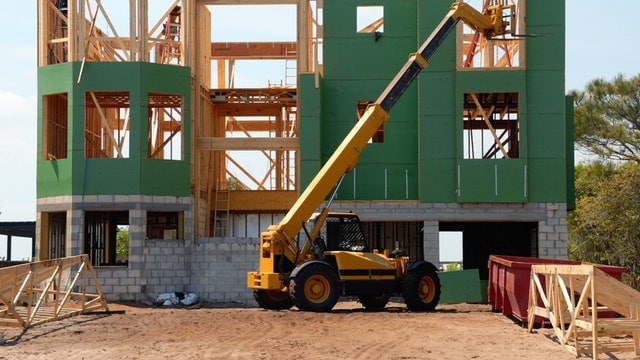5.8 million new homes needed by 2030 in Canada
Published March 14, 2024 at 11:03 am

Canada needs some 5.8 million new homes by 2030 according to a new report that also includes real steps governments can take to end the affordability crisis.
The Blueprint For More And Better Housing was released earlier this month by the Task Force for Housing & Climate – a think tank of city planners, former elected officials, Indigenous leaders, developers, and a host of other housing advocates and experts.
With 10 recommendations and another 140 specific policy actions across all orders of government that the task force says “could transform Canada’s housing landscape” and help deliver “more and better homes that Canadians deserve” while keeping the environment in mind.
From where to build to what types of homes and communities to develop, the report recommendations include overhauling existing zoning regulations like parking minimums for high-density builds to allow for more accessible, climate-friendly neighbourhoods, and permit more additional dwelling residences like “as of right” secondary suites, garden suites, and laneway house.
The report also offers less conventional fixes like converting “underutilized or redundant” commercial properties into residential or mixed-used properties, and creating specific “higher density zones” with a minimum allowable height of eight storeys and
a minimum allowable density 3.0 for sites less than 800 metres from a university or college campus “to facilitate the construction of student housing for students.”
To restore housing affordability across the country, the task force says Canada needs 5.8 million new homes built in the next six years, or “more than one-third of Canada’s existing housing supply all over again.”
The think tank says the status quo of how, where and why homes are built isn’t going to make more housing more affordable for more people, and recommends “a national approach” with “specific housing growth targets for every government.”
“The urgency of the moment calls for quick action,” the report reads. “Governments across Canada have taken constructive steps over the past months to address a crippling housing crisis and a dangerous climate crisis, but there is a long way to go.”
One of those steps is Ottawa’s Housing Accelerator Fund, which offers communities federal dollars in exchange for regulatory changes that would boost home construction, like $114 million given to Brampton to kick-start the construction of housing projects in the city. And just last week the Village of Pemberton and the feds reached an agreement to fast-track the development of nearly 100 housing units over the next three years.
Ontario has also already set ambitious housing targets to see municipalities add 1.5 million homes across the province over the next 10 years. Some cities have already received funding for meeting part of their targets, like $25.5 million in infrastructure funding for Brampton after adding some 7,028 units to its stock 2023, according to the province.
But the province says it counts some 160 long-term care beds among the “housing units” – a far cry from the type of housing the task force is calling for.
Of all the report’s recommendations, the task force says four stand out as “game changers” which “could transform Canada’s housing landscape” if adopted across the country:
- Legalize density: Focusing housing growth in cities and communities, where there is existing infrastructure like roads and water lines, is faster, less costly, lower carbon and more resilient.
- Implement better building codes: Better building form can reduce operating costs, cut emissions, and improve resilience.
- Invest in factory-built housing: Factory-built housing and other process and material innovations can speed up construction, reduce costs, and systematize energy-efficient and climate-resilient features.
- Don’t build in high-risk areas: The most expensive home is the one you need to rebuild after an extreme weather event.
The province said there were 2,903 new housing starts and 3,965 additional residential units in Brampton last year, along with the 160 long-term care beds.
A spokesperson for Housing Minister Paul Calandra told InSauga.com that performance under the provincial program is evaluated by comparing the municipality’s number of housing starts, new and upgraded long-term care beds, and additional residential units created in a calendar year against the annual target.
INsauga's Editorial Standards and Policies


